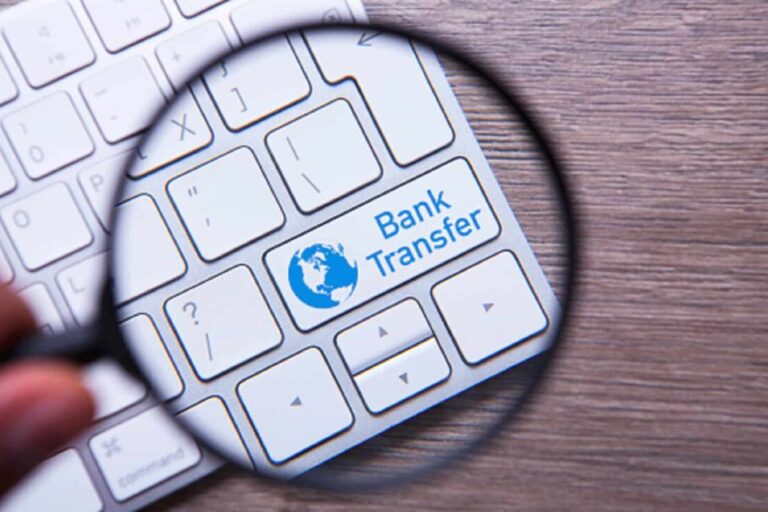
When transferring money internationally, it’s essential to provide accurate details to ensure the transaction is successful. Two critical identifiers for international payments are SWIFT codes and IBANs. But what exactly are they, and when do you need them?
SWIFT codes and IBANs help banks securely and accurately transfer money across borders. While both are crucial for international transactions, they serve different purposes. In this article, we’ll explore these identifiers, explain their differences, and guide you on how to use them for seamless transfers from the UK.
What Are SWIFT Codes and IBANs?
SWIFT codes and IBANs are standardised systems used to identify banks and accounts in international money transfers. Here’s a brief overview:
- SWIFT Code: Identifies a specific bank or branch. Essential for routing funds securely between financial institutions worldwide.
- IBAN: Identifies the individual bank account involved in the transaction, including country and account details. Primarily used in Europe, the Middle East, and parts of the Caribbean.
Both systems minimise errors, improve transaction speeds, and enhance security.
Why Were SWIFT Codes and IBANs Introduced?
Before SWIFT codes (introduced in 1973) and IBANs (introduced in 1997), international transactions were prone to errors due to inconsistent account identification methods. Bank routing numbers worked well for domestic transfers but lacked global compatibility.
This inconsistency led to delays, misrouted payments, and even lost funds. The introduction of SWIFT codes and IBANs provided a standardised, reliable solution that revolutionised cross-border banking.
Send and Receive Money Internationally in the UK with Remitly.
Get started with our free mobile app.
Download
SWIFT vs IBAN: What’s the Difference?
While both systems are vital for international transfers, they differ in purpose and usage:
SWIFT Codes
- Identify a specific bank or branch.
- Consist of 8–11 characters (e.g., HSBCGB2L):
- First 4 characters: Bank code.
- Next 2 characters: Country code (e.g., GB for the UK).
- Next 2 characters: Location code.
- Optional last 3 characters: Branch code.
- Used worldwide for secure communication between banks.
IBANs
- Identify individual bank accounts.
- Include a country code, two check digits, and up to 30 alphanumeric characters (e.g., GB29NWBK60161331926819).
- Primarily used in Europe, the Middle East, and some Caribbean nations.
When Do You Need a SWIFT Code or IBAN?
SWIFT Codes
You’ll need a SWIFT code for almost any international transfer to identify the recipient’s bank. SWIFT codes are used globally and are essential for routing funds to the correct institution.
IBANs
IBANs are typically required for transfers within countries that have adopted the system, such as the UK (under SEPA rules), most of Europe, and some other regions. If you’re sending money to countries like the US or Canada, an IBAN isn’t required, as these countries rely on other systems.
How to Find SWIFT Codes and IBANs
- SWIFT Codes:
- Found on your bank statement or online banking portal.
- You can also request it directly from your bank.
- IBANs:
- Displayed on your bank statement.
- Generated automatically by banks for transactions requiring one.
Do You Always Need SWIFT Codes or IBANs?
The need for these identifiers depends on the transfer method:
- Traditional Bank Transfers: Typically require both SWIFT codes and IBANs for secure and accurate payments.
- Modern Money Transfer Apps: Many apps, such as Wise or PayPal, handle these details behind the scenes, allowing you to send money with minimal information.
FAQs
What is the difference between a SWIFT code and an IBAN?
A SWIFT code identifies the bank involved in the transaction, while an IBAN identifies the specific bank account. Both are used to facilitate secure and accurate international transfers.
Do I need an IBAN for transfers from the UK?
Yes, for transfers within SEPA (Single Euro Payments Area) countries. For other destinations, you may only need a SWIFT code.
Where can I find my IBAN or SWIFT code?
You can find both on your bank statement or by logging into your online banking account. Alternatively, contact your bank directly.
Can I transfer money without a SWIFT code or IBAN?
Some modern apps don’t require you to enter these codes manually, as they handle the details automatically. However, traditional bank transfers will usually require them.
